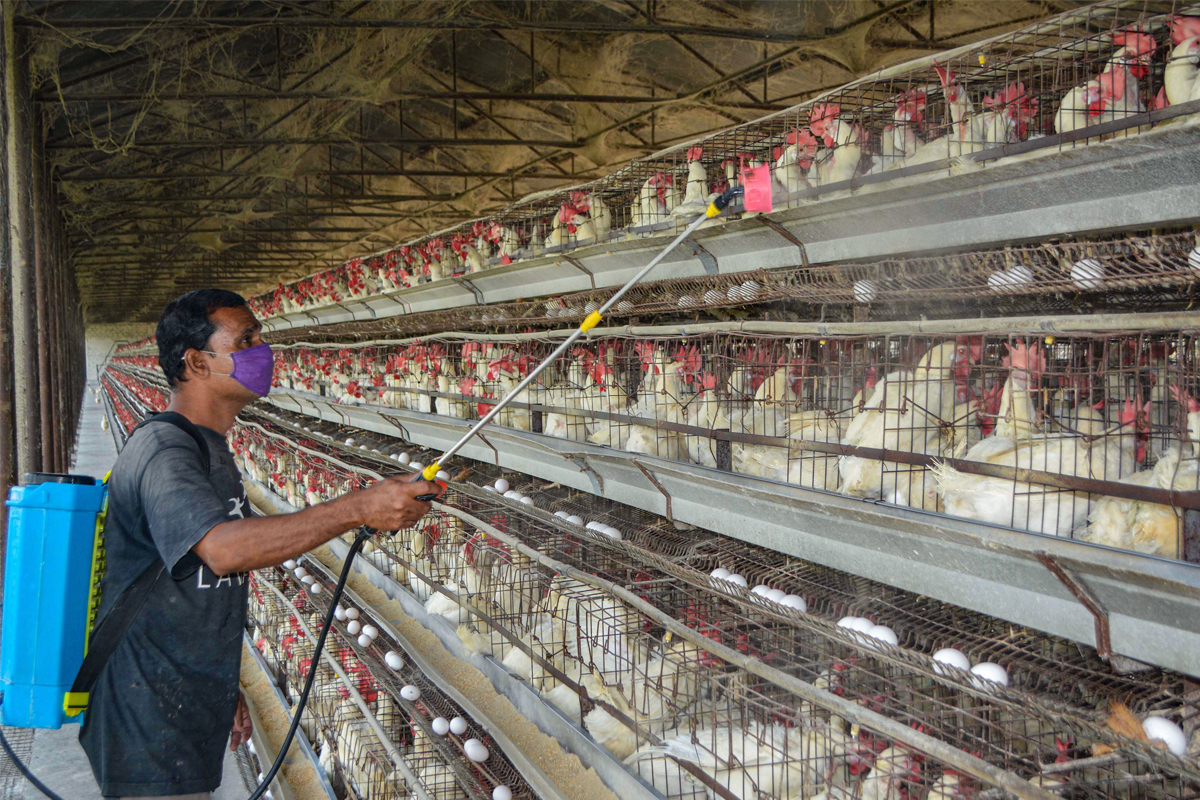On January 14, hundreds of chickens were hurriedly gathered in Maharashtra’s Parbhani district and people covered in hazmat suits surrounded them. The birds were then culled to contain the spread of avian influenza, commonly known as bird flu. This story repeats itself almost every year.
While India is still battling the coronavirus, several states including Kerala, Rajasthan, Madhya Pradesh, Haryana, Himachal Pradesh, Maharashtra and Delhi are now simultaneously trying to fight the bird flu outbreak. Caused by the H5N1 virus and its variants, the disease is mostly reported in birds but has the potential to infect humans, too.
Owing to this fear, the demand for chicken has decreased by more than 70% and prices are down by 50%. Egg prices, too, have fallen by 15%, leading to an increase in the price of mutton to over Rs.800/kilogram in certain regions.
One of the major reasons of the outbreak is the local bird-keeping conditions. Poor sanitary measures in poultry farms with multiple susceptible species living in the same area, sustains the virus. In India, the first major outbreak was reported in Maharashtra and Gujarat in 2006. Since then, the flu has been a recurring feature every year and is contained by culling thousands of infected fowls, thereby resulting in severe losses for farmers.
If the periodic outbreaks continue, it will surely slow the growth of the Indian poultry market, which is projected to reach Rs.4.34 trillion by 2024, according to Research and Markets.
To avoid these annual outbreaks, experts suggest that it is essential to allow the birds to move in free range to decrease the transmission of viruses. But, with most of the poultry industry still unorganised, that advice will most likely be ignored.











